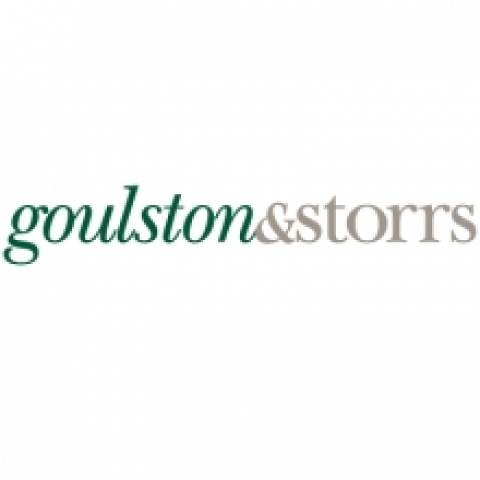Updates to California Proposition 65 Affect Retailers and their Suppliers
On August 30, 2018, significant changes to California’s Proposition 65 (“Prop 65”) warning regulations take effect. In the retail context, Prop 65 requires businesses with 10 or more employees to warn individuals in California about products containing certain listed chemicals “known to the State of California to cause cancer, birth defects, or other reproductive harm.” California’s Office of Environmental Health Hazard Assessment (OEHHA) maintains the list of such chemicals, which range from esoteric compounds to more common constituents, such as wood dust. The changes affect both the specific content of required warnings as well as potential allocations of liability among retailers and upstream suppliers and manufacturers. While products manufactured prior to August 30, 2018 and labeled with a warning that is compliant with earlier regulations are deemed to be compliant with the new regulations, retailers and their suppliers should take note with respect to newly manufactured products, and also in connection with supply contract provisions concerning Prop 65 liability.
Proposition 65 mandates that any product that contains or can cause exposure to one of the chemicals listed by California’s OEHHA (at a level greater than the safe harbor level) requires a warning that is “clear and reasonable.” While a business generally can choose its own warning methods and content, Prop 65 provides for “safe harbor” warning methods and content that are deemed by OEHHA to be clear and reasonable, and provide a “safe harbor” against enforcement actions for businesses that choose to use them. Under the existing regulations, a warning is “clear” if it clearly communicates that the chemical in question is known to the State of California to cause cancer, birth defects or other reproductive harm; and, a warning is “reasonable” if the method employed to transmit the message is reasonably calculated to make the warning message available to the individual prior to exposure.
The amendments, however, require greater specificity with respect to product warning labels/internet warnings deemed to be safe harbor warnings. Safe harbor warnings will now have to state that the product “can expose” users to a chemical(s), specifically displaying the name of at least one listed chemical that prompted the warning. Where a business is providing a warning for both cancer and reproductive toxicity, the warning must include the name of one or more chemicals for each of those risks. Safe harbor warnings under the amended regulations will also need to include a link to the state’s Prop 65 internet site, www.P65Warnings.ca.gov, and a triangular warning symbol.
The new regulations also add new “tailored” warnings for certain types of products and exposures, such as alcoholic beverages and prescription drugs, each requiring a specific-mandatory method of transmission and content for the warning, in order for the warning to be deemed clear and reasonable. Further, as amended, if a consumer product label or packaging contains consumer information in a language other than English, the warning must be provided in that language in addition to English. Finally, the amended regulations require website warnings for products purchased over the Internet. The amendments provide new guidance in this regard, such as the use of hyperlinks to deliver warnings.
Finally, it is important to note that the new regulations place primary responsibility for providing warnings on product manufacturers, producers, packagers, importers, suppliers, or distributors (“upstream businesses”) – not retailers. For consumer products, businesses in the above categories must either provide a warning on the product or provide notice and warning materials to the retailer. If the upstream business chooses to provide notice and warning materials to the retailer, then the retail seller is responsible for placement and maintenance of the warning materials it receives. This includes incorporating any warnings received from suppliers into web pages used to advertise and sell the suppliers’ products. It is important to note that there are exceptions to this shifting of responsibility away from retailers, including situations in which upstream suppliers are unlikely to be held accountable in California Courts. In this regard, retailers and their suppliers can now re-allocate responsibility for Prop 65 warnings by contract. Where such contractual arrangements have been made, they will trump any of the allocations of responsibility provided for in Prop 65. Accordingly, it is critically important that retailers and others in the supply chain for products sold in California review their purchase orders and similar supply contracts to ensure that they understand (and alter as necessary) Prop 65 contract requirements, and any accompanying releases and indemnities.
Do you want more information?
 Jonathan Pearlson
Jonathan PearlsonJonathan Pearlson is an environmental lawyer. He represents public and privately-held corporations, private equity firms, real estate owners and developers, REITs, lenders, tenants, and educational and healthcare institutions.

